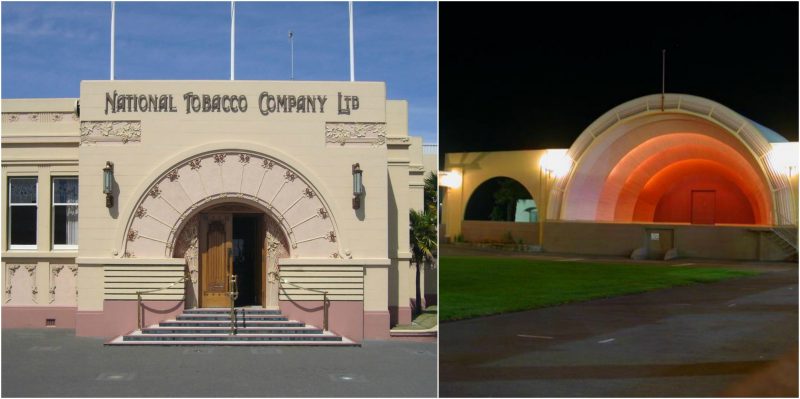Who knew that earthquakes could cause such beauty? Generally, people think that natural disasters cause nothing but destruction; that they do nothing but horrible things – kill people, displace populations, and destroy buildings.
However, there is at least one earthquake that is considered to have done the complete opposite. Supposedly, it created things, especially artistically wonderful architectural things.
In Napier, New Zealand, there was a three-minute 7.8-Richter quake in 1931. That earthquake claimed more than 260 lives and also pushed the seabed up three to six feet. In the next three years following the earthquake, the elevated land became the foundation for one of the largest collections of Art Deco homes and buildings in the world.
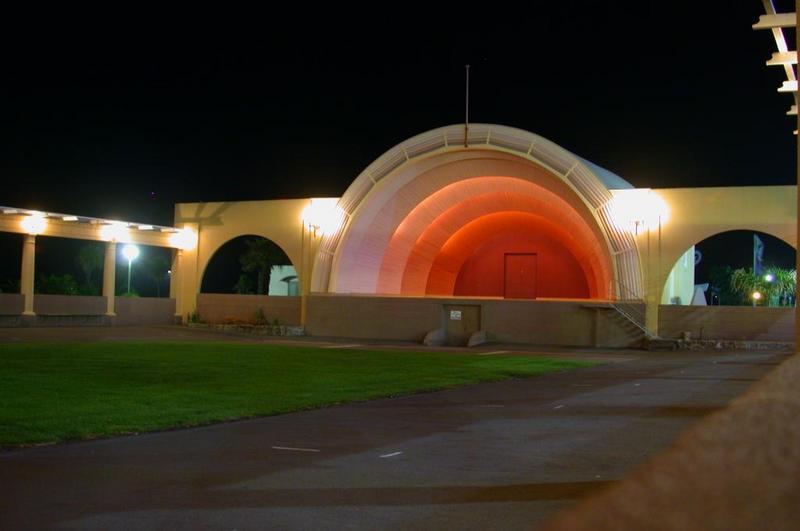
Architect Louis Hay was influenced by Frank Lloyd Wright, and he began building the boxy, two-story concrete buildings soon after the earthquake. By 1933, the town had more than 110 modernist structures. Although the majority were modern buildings, there were also Spanish Mission, Prairie Style, and Stripped Classical buildings constructed in the area during the Depression-era reconstruction. However, the affordable Art Deco construction was what was considered a “harmonious townscape.”
The town embraced the new identity; the Art Deco Trust holds a festival each February which features vintage car parades, fashion shows, and other experiences to celebrate becoming the “small New Zealand City that seems sometimes fictional”.
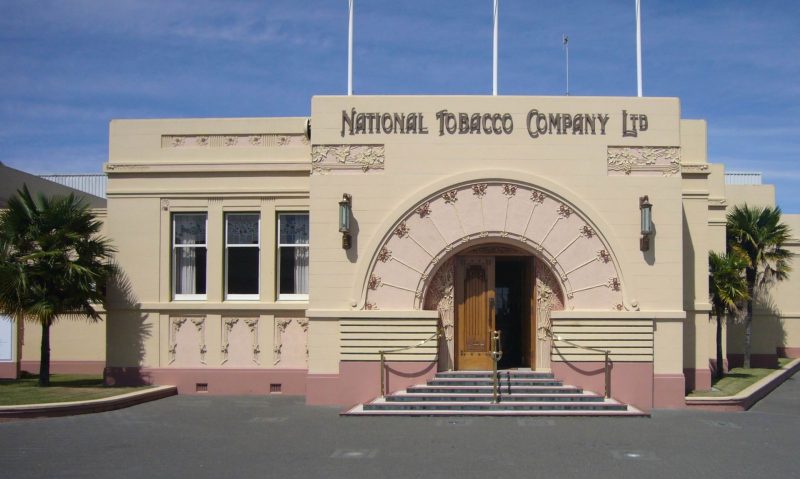
Here is a little history about Louis Hay:
He was born James Augustus Louis Hay on January 14, 1881 and died on February 4, 1948. After graduating from Napier Boys’ High School he worked for Charles Tilleard Natusch’s architectural practice. His later work was influenced by the time he spent with Natusch and his interest in Frank Lloyd Wright, the Arts and Crafts Movement, and Art Noveau.
Although most of his architectural designs reflected parts of Natusch’s practice, he gave his own twists to his designs. He was especially influenced by the English Arts and Crafts interior fittings, and the lead-light windows which resembled Scottish and German Art Nouveau.
In 1904, he was employed by the Department of Lands and Survey in Invercargill. He then returned to Napier in 1906. Aside from a brief period of employment in Sydney during 1908, he remained in Napier for the rest of his life.
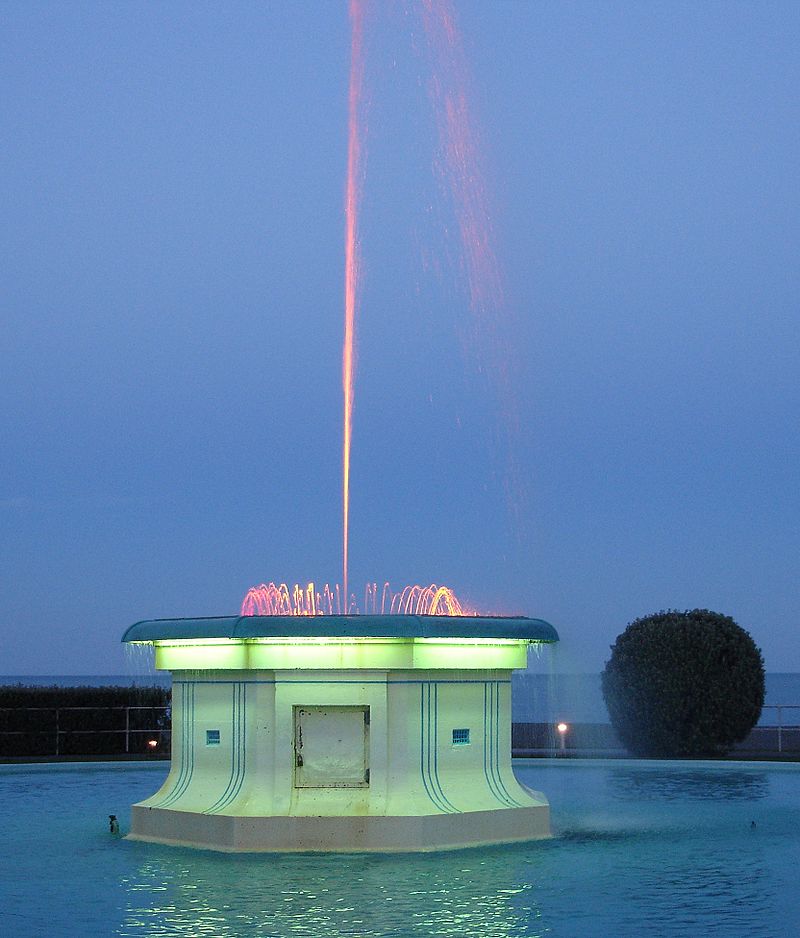
On September 27, 1918 he was training at Trentham Military Camp. While still at the camp he married Margaret Ross McPherson at Wellington. He was due to go overseas on active service, however, he remained at Trentham as a member of the camp orchestra. Thanks to that, he avoided a terrible outbreak of influenza which killed many people onboard the troop ship, which he would have been on.
From 1918 to 1920, his best known pupil was Basil Ward. Ward went on to establish his own business, Ward and Lucas. That practice was at the forefront of English modernism in architecture in the 1930’s.
In the early part of the 20th century, Hay had set up his own practice doing mainly houses for the wealthiest of Hawke’s Bay residents. The National Tobacco Company headquarters he built is considered one of his best buildings of the 1920s.
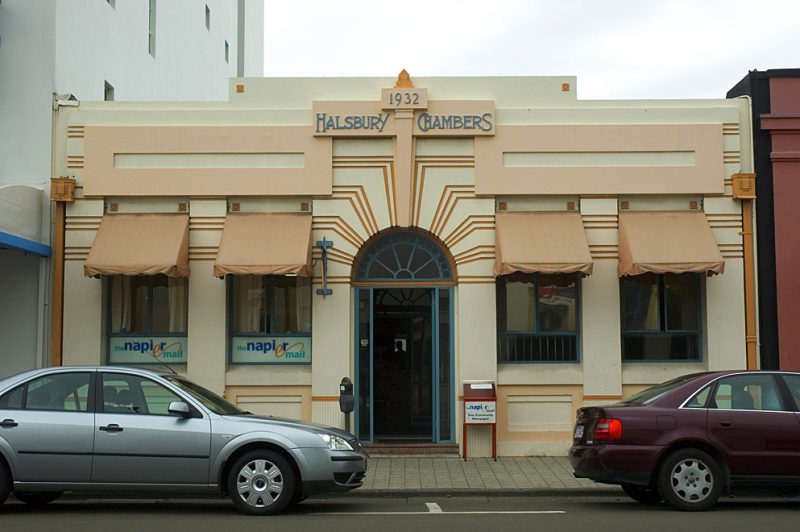
Hay’s wife was severely injured in the Napier earthquake; that is when he joined the Napier Reconstruction Committee. He helped ensure that the local architects had control over the larger rebuilding tasks instead of architects from other parts of the country. He also started working on St. Paul’s Presbyterian Church and he put together a partnership with Walter Finch.
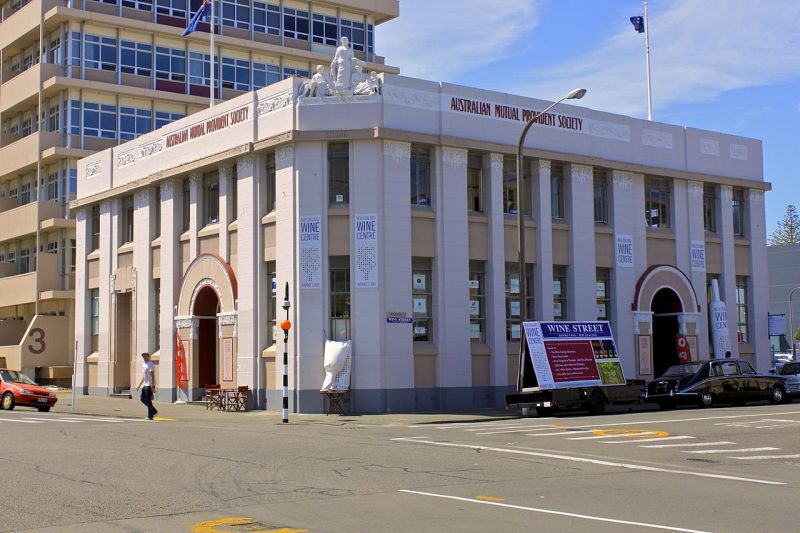
He had designed a large number of concrete structures for the new town with earthquake-resistant construction. His designs were distinguished from contemporary commercial buildings due to their exterior stylistic allusions. Hay’s Hawke’s Bay Art Gallery and Museum of 1935 was influenced, again, by Frank Lloyd Wright and Louis Sullivan.
All throughout Napier, was not only known for his great architecture, but also for his other interests like boating, water skiing, acting, and playing the flute.
Sources: http://www.insidehook.com/nation/the-worlds-art-deco-capital-is-a-small-city-in-new-zealand
https://en.wikipedia.org/wiki/Louis_Hay
